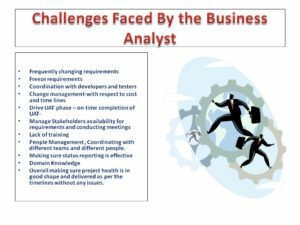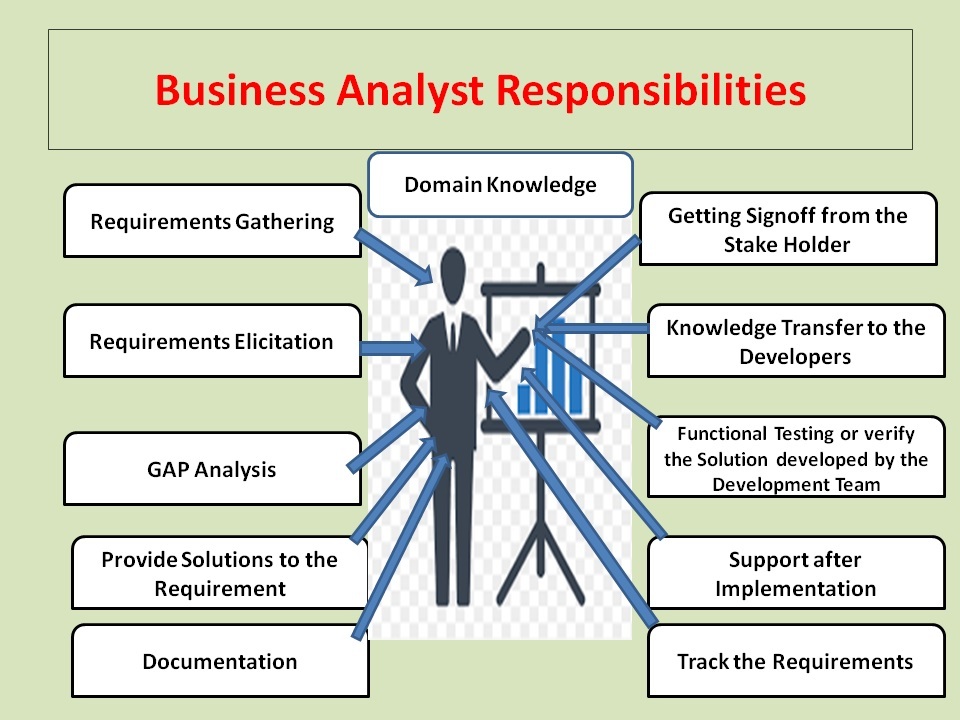How to Conduct Stand Up Meetings?
Let us discuss about Stand Up Meeting or daily stand up meetings.
Stand up meetings are an important event that is used in the Scrum methodology. Their primary purpose is to keep the Scrum team updated on the team’s progress.
The stands up meetings are usually held daily and they are allotted short time frames i.e. 15 minutes or less.
What is a Stand Up Meeting?
A stand-up meeting is a short meeting that is held on daily basis. Usually this meeting will happen when day starts. This is very short meeting and usually it takes 15 minutes. Due to its short time frame, these meeting are usually held with the team standing up, hence the name – Stand Up Meeting.
The purpose of the meeting is to update the status of the assigned user stories or tasks, like finished, in progress, or about to be started. All the teams join in these meetings. They will raise their concerns if they have any, then Scrum Master will note down and coordinate with concerned teams if there is any dependency on other teams and try to provide the solution.
So this meeting is to understand the status of User Stories.
How to conduct Stand Up Meetings?
The stand up meeting is to be brief and focused on the team’s progress. The Scrum Master is responsible for conducting the meeting so they should ensure that they keep the meeting straight to the point. No discussions will be allowed during this meeting. Only team members will update the status on the assigned user stories.
The Scrum Master should start planning the stand up meeting by choosing a convenient location and meeting time for all the team members. Usually these meetings held on the same place and same time.
If we have team in different locations and team is working on different time zones, ensure that you pick a time when they would all be in to work.
Once the meeting is scheduled, the Scrum Master should ensure that the team stays focused by answering the below questions:
- What did you do yesterday?
- What will you do today?
- Is there any impediment, that is slowing or stopping you?
All the team members should ensure that they attend the meeting on time. So that time will not be wasted and it shows that they are respecting team member’s time.
Scrum Master should ensure all the team members must participate in meeting and sufficient time allocated to each team member to update the status.
When the team members are discussing their progress, they might get carried away and want to discuss details but the Scrum Master should try to keep them on track by asking them to take it “Offline”.
Taking it “Offline” means that the team member should schedule another meeting with the appropriate team members to discuss their encountered issues in more detail. Scrum Master is responsible to schedule the meeting.
While this might discourage some of the team members, the Scrum Master should remind them that the Stand Up meeting is a short one and other team members also have to provide their updates.
It is also called as Daily Scrum meeting or Daily stand up Meeting
This is also called as Daily Meeting, Daily Status Meeting, Daily Status update Meeting, Daily Scrum Meeting or Status call..
FAQ’s
What is the purpose of daily standup meeting?
Daily Scrums improve communications, eliminate other meetings, identify impediments to development for removal, highlight and promote quick decision-making, and improve the Development Team’s level of knowledge. This is a key inspect and adapt meeting.
What does stand up meeting mean?
A stand–up meeting (or simply “stand–up“) is a meeting in which attendees typically participate while standing. The discomfort of standing for long periods is intended to keep the meetings short.
How do you do a stand up meeting?
7 Rules for Effective Stand-Up Meetings
Only meet when necessary. One common employee complaint is that many meetings could easily be replaced by an email. …
Keep it short and sweet. At it’s core, a stand-up meeting is brief. …
Establish a goal. …
Maintain structure. …
Make remote employees feel like they’re there. …
Give everyone a chance to talk. …
Don’t skip follow-up.
What happens in a stand up meeting?
A stand–up meeting is a short meeting between a team that is held on foot. The goal is to go over important tasks that have been finished, are in progress, or are about to be started. It is also known as daily stand–up or daily Kanban to teams practicing the Kanban method, due to the recurring cadence of the meeting.
What happens in daily standup meeting?
Daily Scrums improve communications, eliminate other meetings, identify impediments to development for removal, highlight and promote quick decision-making, and improve the Development Team’s level of knowledge. This is a key inspect and adapt meeting.
What are the three questions asked in daily standup call?
What did you do yesterday?
What will you do today?
Are there any impediments in your way?
What are the benefits of daily standup meeting in agile?
Listed below are few benefits of having daily scrum meeting:
Let’s the team to be in sync on how things are going.
Allows for corrections in the sprint.
Building trust between team members.
Encouraging personal planning.
High visibility of progress.
Self-organization in team.
How do I start a daily standup meeting?
Here are some effective tips for a successful daily standup meeting:
15 minutes or less. …
Be on time! …
Keep the team engaged. …
Put discovered problems on hold. …
Keep it fun! Start every standup meeting with a joke, meme, gif, comic, quote, etc. …
Say ‘thank you’. …
Hold your daily standup meeting around the task board.
Why is it important to meet every day for daily stand up?
The main aim of a stand–up meeting is to distribute relevant and important information and/or to make quick decisions. They are also used to make major strategic decisions and above all, they offer a chance to “go around the room” and get everyone to present their results from the day before.

Business Analyst , Functional Consultant, Provide Training on Business Analysis and SDLC Methodologies.











